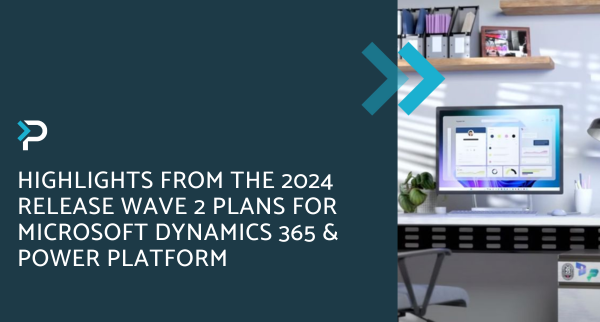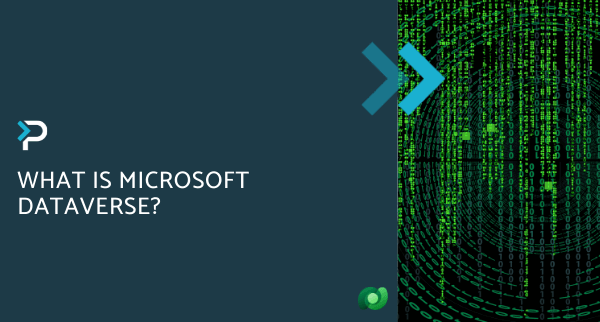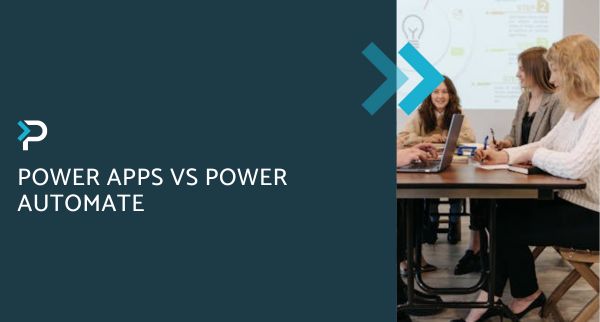An Overview of the Power Platform Wave 2 Release Plan
An Overview of the Power Platform Wave 2 Release Plan
August 29th, 2019
9 min read
The Power Platform wave 2 release is fast approaching, with general availability being rolled out on October 1st 2019 through to March 2020.
Similar to the Dynamics 365 Wave 2 Release, Microsoft has put together a plan for the Power Platform Wave 2 release, however, it’s a pretty large document. So, we have put together an overview of the new features and capabilities which are part of the release. If you would like to learn more, you can access the full document here.
Wave 2 Release Dates
On August 2nd 2019, early access became available to administrators, meaning new features are able to be trialed in a test environment before they roll out in the October update automatically. General availability deployment then begins on October 1st 2019 and users systems can be upgraded anytime between then and March 2020. Enablement status for each feature is detailed within the release plan document.
- June 10th 2019: Release Plans Available – Learn about the new capabilities coming in the 2019 release wave 2 (October 2019 – March 2020) across Dynamics 365 and the Power Platform
- August 2nd 2019: Early Access Available – Try the new features and capabilities before they get enabled automatically
- October 1st, 2019: General availability – Production deployment for the 2019 release wave 2 begins. Specific deployment dates for each country, or region, or instance will be communicated in advance
This update brings new capabilities to PowerApps, Microsoft Flow and AI Builder. In the following blog, we provide an overview of the new features of each of these products.
Updates to PowerApps:
PowerApps enables businesses to develop custom apps for your business needs or extend the apps you already use, with a ‘no-code’ approach to app design. Some of the new features for PowerApps are detailed below…
AI Builder for PowerApps
AI Builder is the no-code AI capability within the Power Platform, which supports PowerApps and Microsoft Flow. With AI builder, businesses can easily automate processes and predict outcomes to improve business performance. Similar to the approach of PowerApps, AI Builder uses a point-and-click experience, meaning you can now build AI without understanding data science or coding. An integration directly in PowerApps and Flow makes using AI even easier and solves commonplace tasks like object detection, forms processing, and text & binary classification. Alongside this, AI Builder also works with Microsoft Flow to help pull information through and action it.
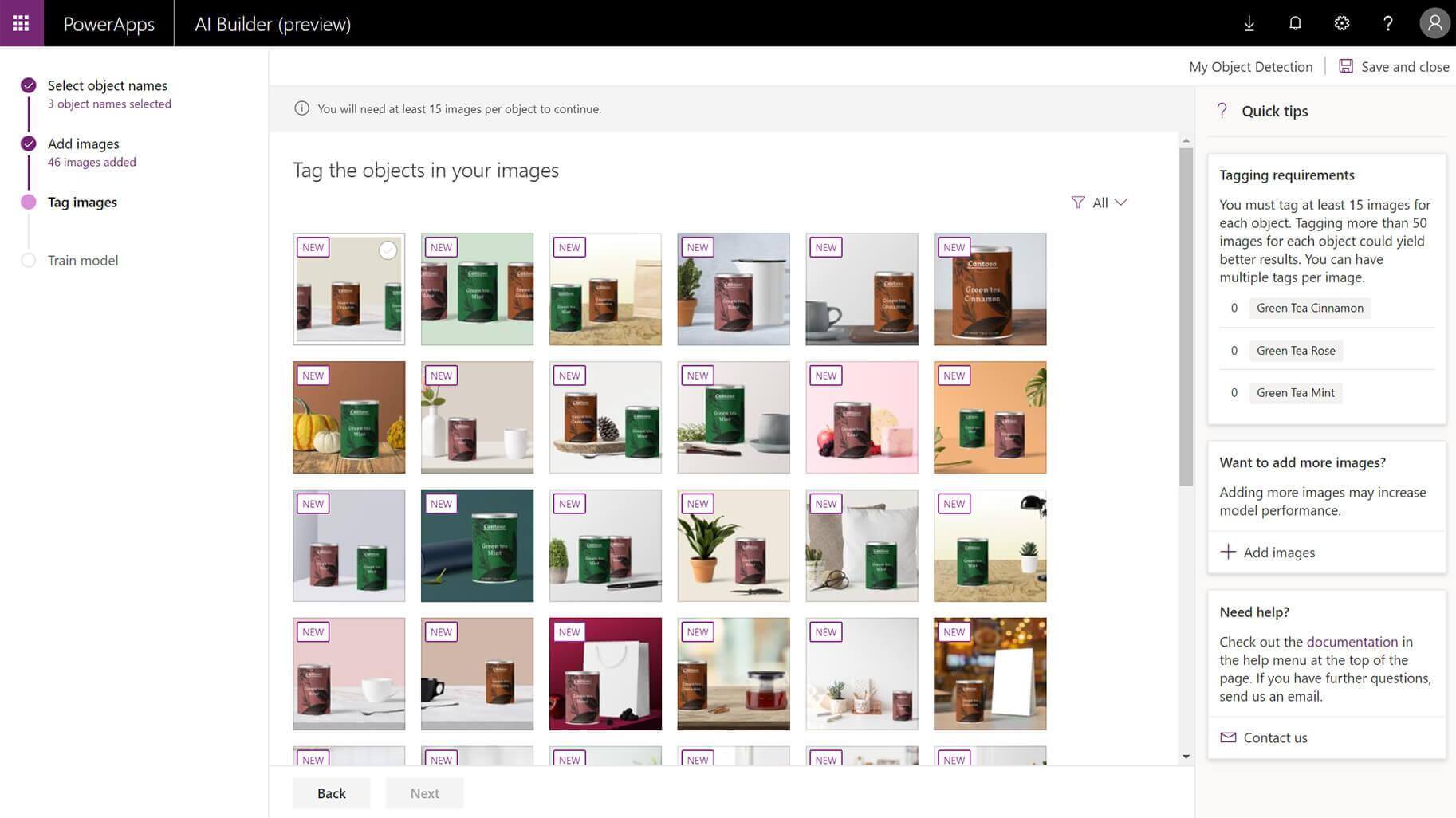
*Note: This feature is enabled for Admins, Makers, or Analysts, automatically. Early access is not available
PowerApps Portals
PowerApps Portals allow users to create websites that external users can access and sign in with a wide variety of identities or browse anonymously. Created using pre-built, customisable templates, this feature was previously only available as an add-on to Dynamics 365. It also features a revamped end-to-end experience for makers to create a website quickly, customise it, reuse page design through templates, add forms, views, and other key data from the Common Data Service and publish to users.
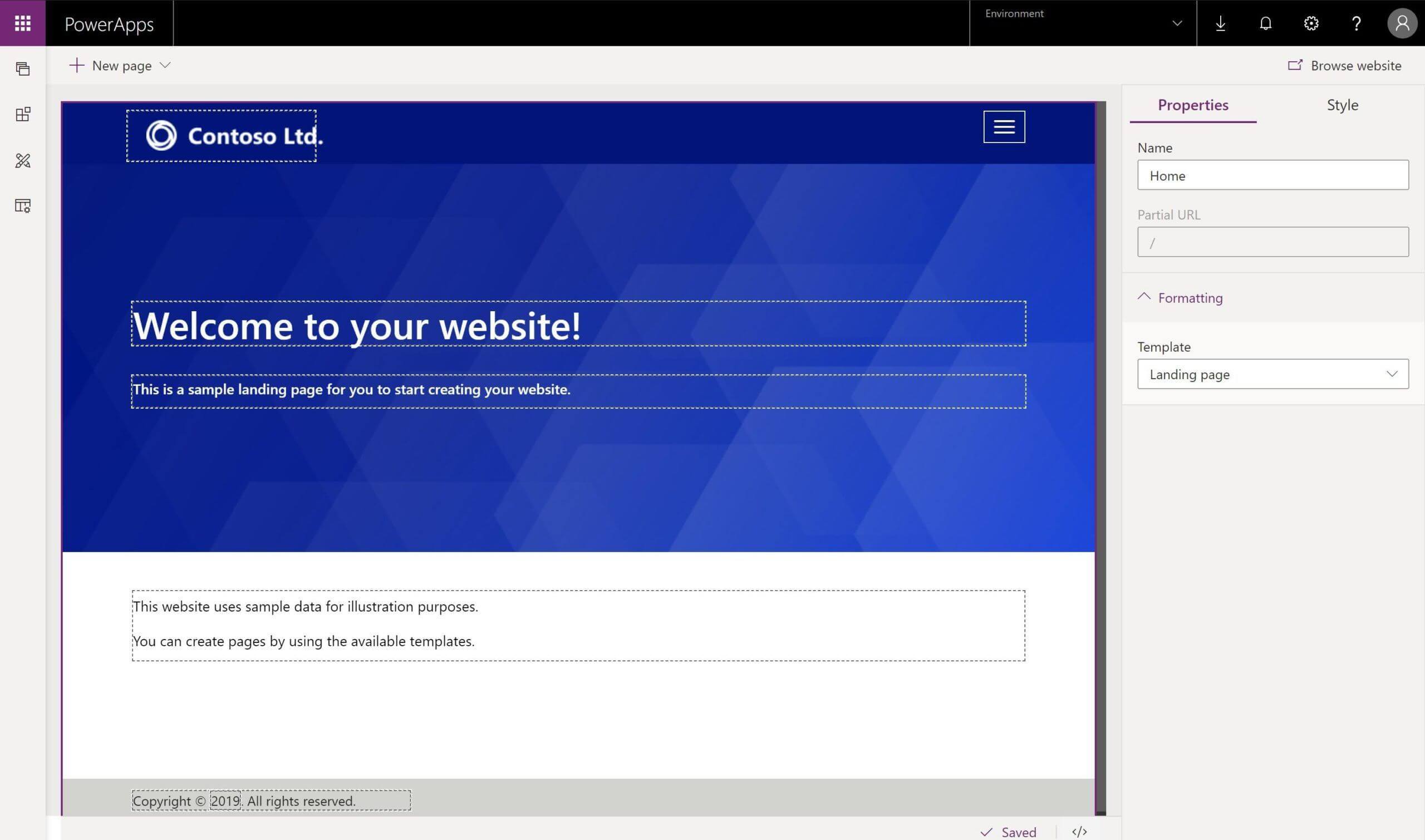
*Note: This feature is enabled for Admins, Makers, or Analysts, automatically. Early access is not available
Form header usability improvements within the Unified Interface
When customers open and read information for a record in the Unified Interface, they will have an improved experience thanks to increased data density and usability with the form header. Enhancements to the header include:
- The title of the record will never truncate
- Information will always be available in the header with four read-only fields, reducing clicks and improving productivity
- A read-only form will have an enhanced notification with details on why a form is read-only
- Current forms will support editable fields with a simple click of a chevron to enter data

*Note: This feature is enabled for End Users automatically. Early access is available
Improved usability, density, and filtering capabilities for the Unified Interface grid
Usability and navigation for end users has been a key focus for the updates to the Unified Interface grid. The grid layout and styling has been optimised to improve density, which allows users to see more records on a single screen without feeling cluttered. Additionally, updates have been made to improve the filtering and navigation behaviour. Users are now able to navigate back and forth between the grid and filtered records without reapplying the filter, search, or view selection each time.
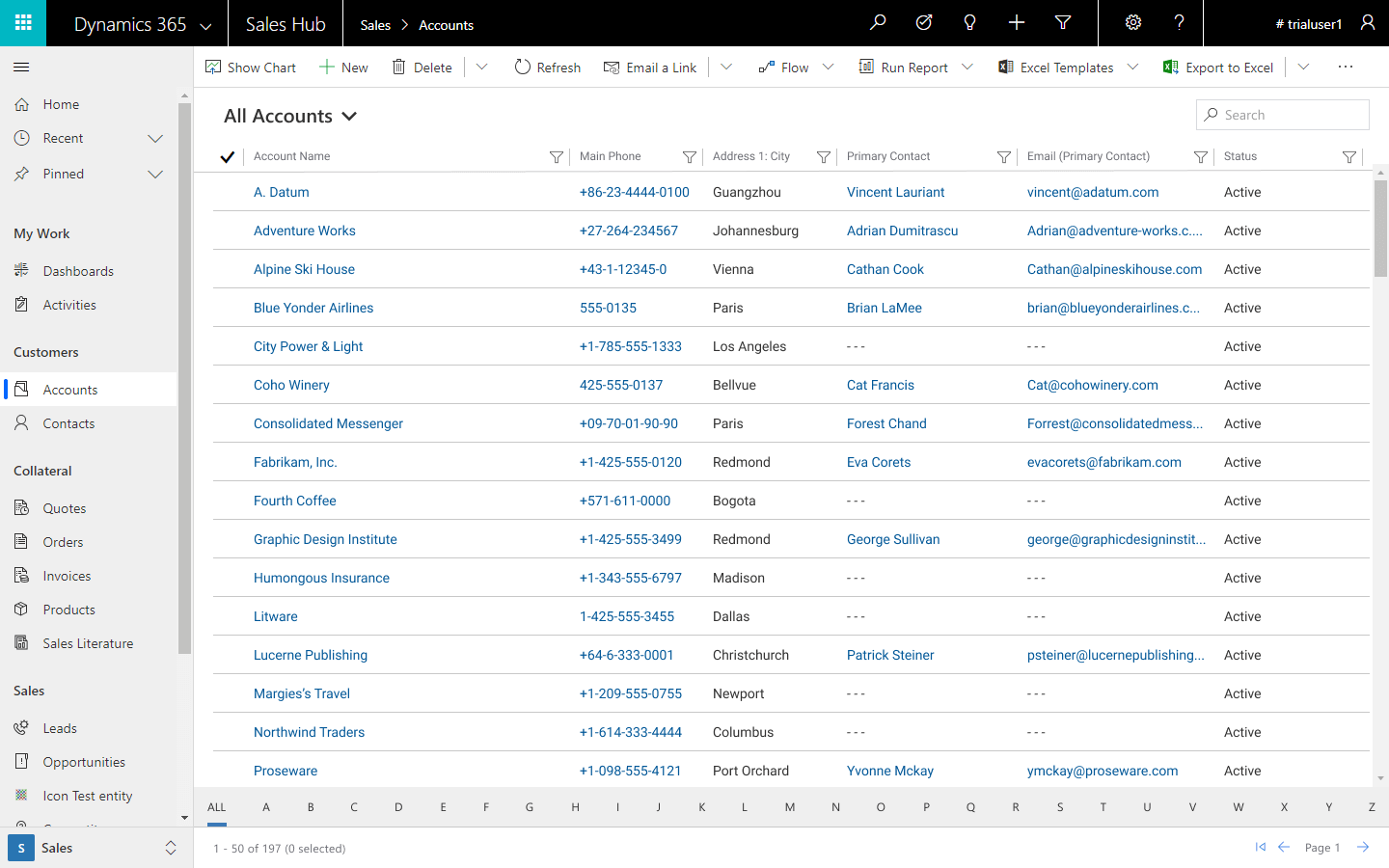
*Note: This feature requires the following licenses or plans: PowerApps Plan 2. It is also enabled for End Users automatically. Early access is available*
Manage email on the timeline wall in Unified Interface
Managing emails just got easier as users can now easily set email messages to show as conversation threads on their timeline wall, reducing scrolling and clicks when they are managing email activities in the Unified Interface.
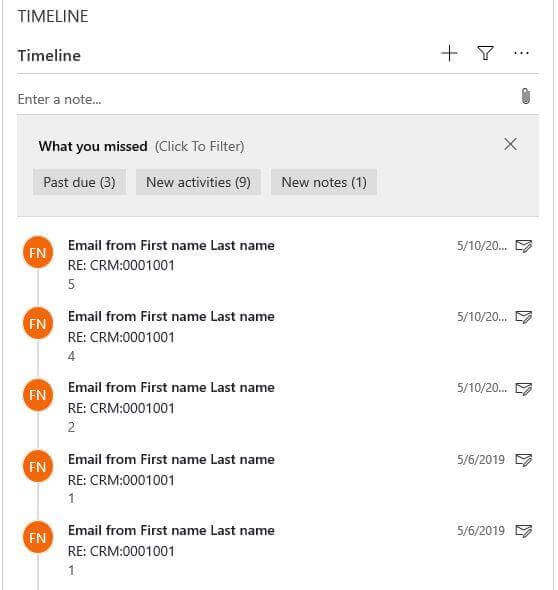
*Note: This feature is enabled for End Users automatically. Early access is available
Read the full list of PowerApps updates here
Updates to Microsoft Flow:
Microsoft Flow enables users to create and automate workflows and tasks across multiple applications, without the need for technical experience. Within the October update, Microsoft Flow is introducing several new features, two of which are detailed below:
Share flows as templates
Users can share copies of their flows with their teams, allowing recipients to create their own copies of the original flow. These recipients own their copies, and their copies use the recipient’s connections (not the original owner’s connections). Recipients can then make any changes they want after they create their own copy.
*Note: This feature is enabled for Admins, Makers or Analysts automatically. Early access is not available
AI Builder for Microsoft Flow
Using AI is made even easier with integration from AI Builder, directly into Microsoft Flow and PowerApps. Users are able to easily automate processes and predict outcomes, improving business performance as a result.
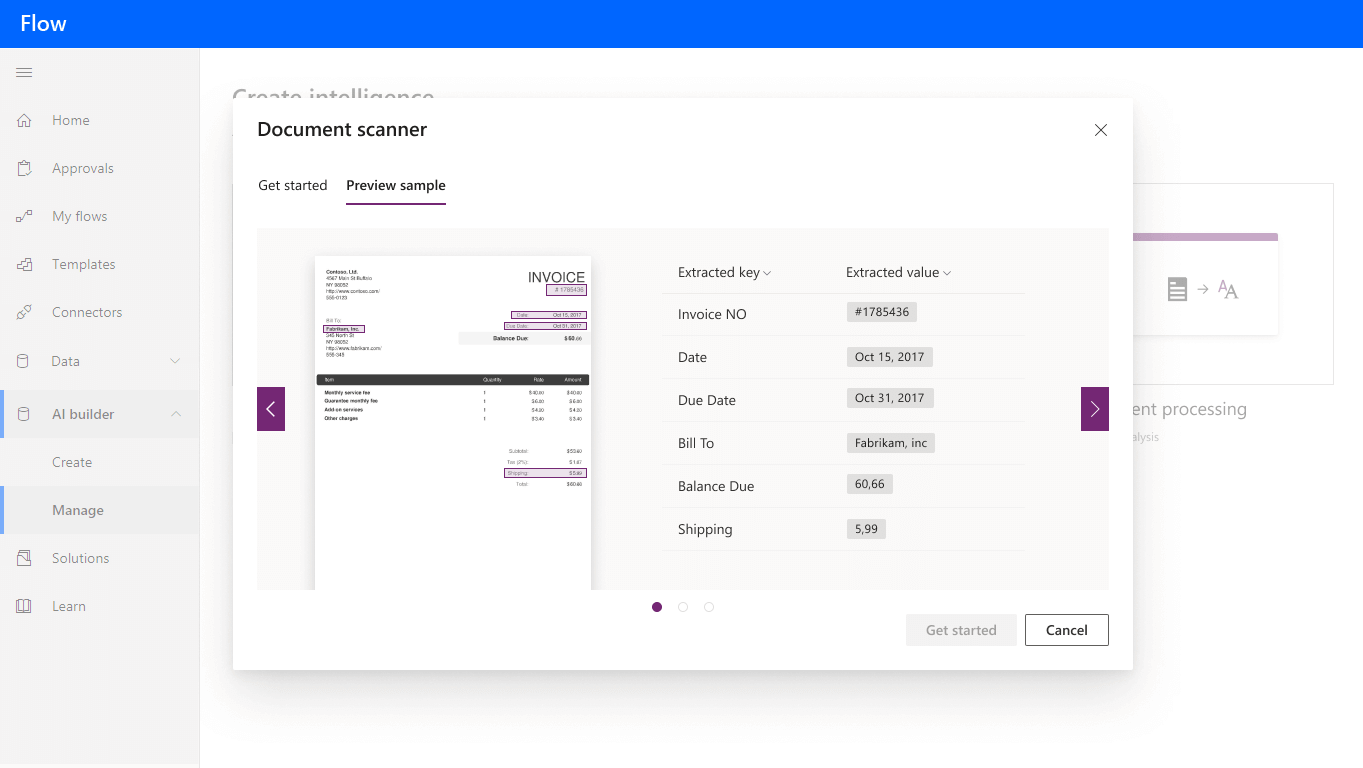
*Note: This feature is enabled for Admins, Makers or Analysts automatically. Early access is not available
Read the full list of Microsoft Flow updates here
Updates to AI Builder:
Automate contact creation with business card reader
Users can leverage AI Builder to scan business cards, then the scanner will analyse the card for relevant information and automatically populate the fields in a record. With business card reader from AI Builder, your team can add contacts from physical business cards with just three taps.
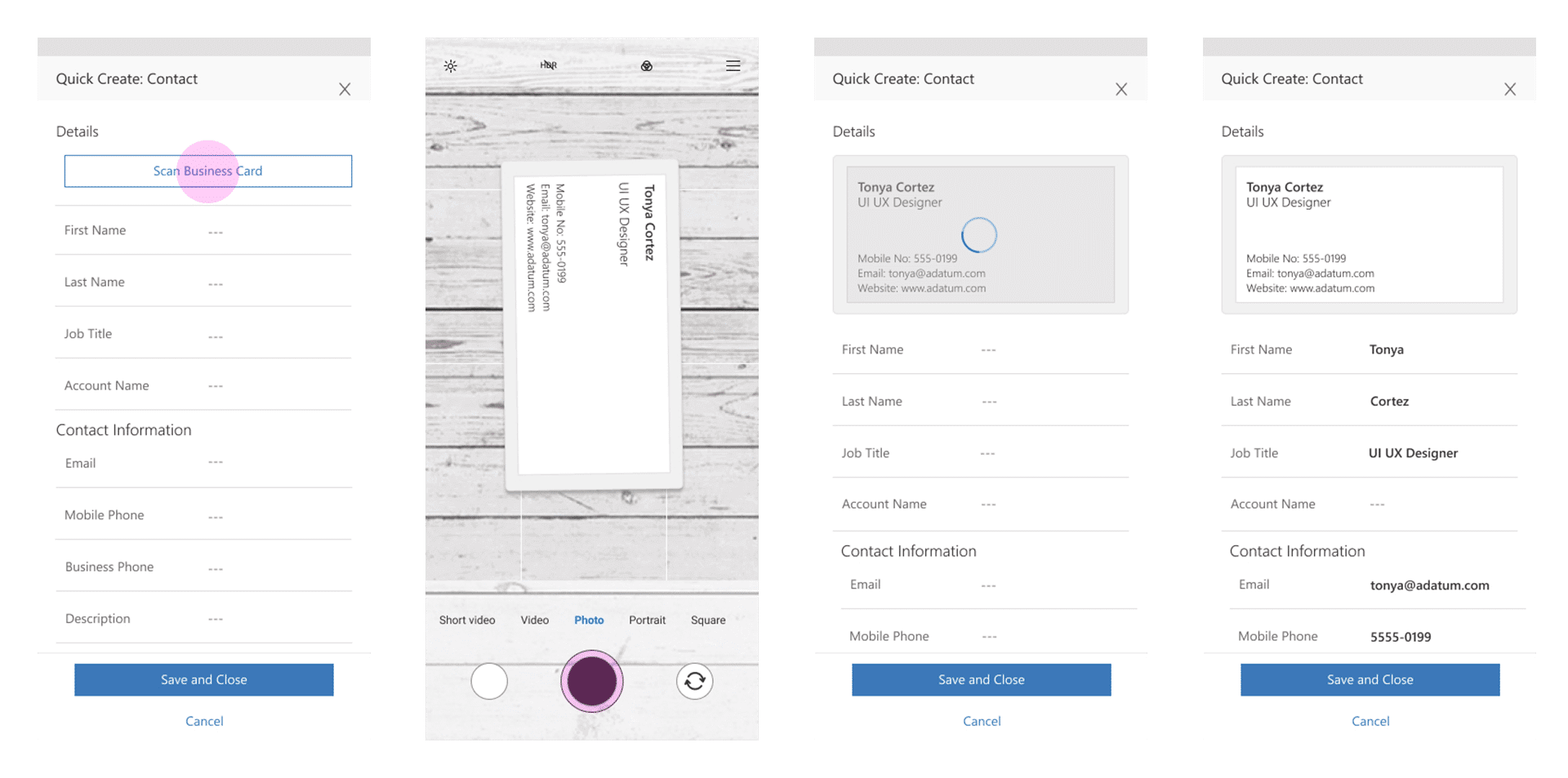
*Note: This feature is enabled for Admins, Makers or Analysts
Recognise objects in pictures with object detection
If your business process involves recognising or counting objects, you can use object detection in AI Builder to automate the process using images. This feature improves the automation of your business processes in two steps:
- Build your AI model to recognise objects, such as products or parts, within an image through training. The result is your tailored AI model.
- Solve your end-to-end business problem by using your AI model in PowerApps. These apps can detect and count objects that are captured by the device’s camera.
AI Builder lets you load your list of objects and images from Common Data Service to create your custom object detection model.
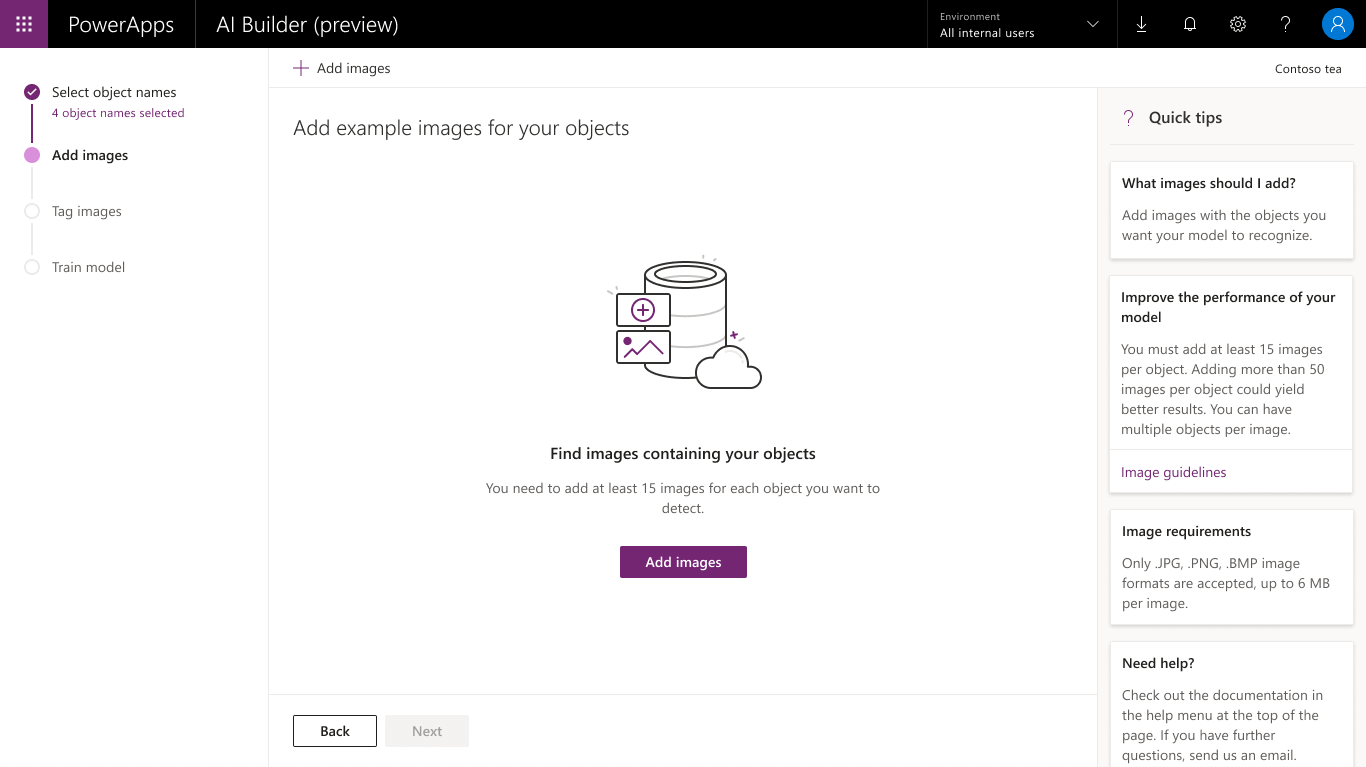
For each of your example images, you will teach your AI model to recognise them by tagging the objects that are shown. Once trained, publish your object detection model to use with PowerApps.
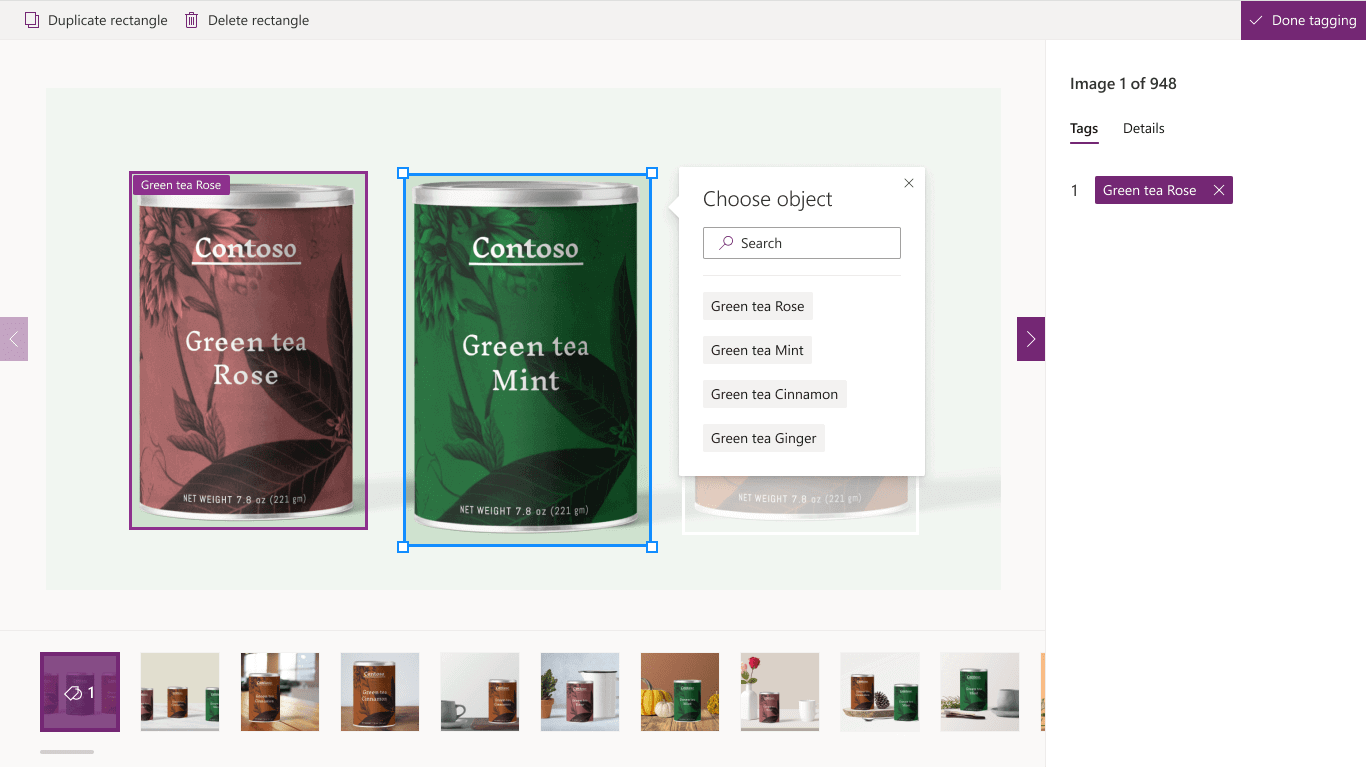
The Full 2019 Release Wave 2 Notes
Within this article we have given you an overview of some of the new features being rolled out across the Microsoft Power Platform, however, there are plenty more. You can access the full document here.
Get in touch
If you have any questions about the release, or you are on an older version of Dynamics 365 and would like to upgrade to get access to all of the new features, please contact us. Fill out the contact form and a member of our team will be in touch shortly, or if you’d prefer, email us at info@pragmatiq.co.uk or call us on 01908 038110.
Want to keep in touch?
Sign up to our newsletter for regular updates.
"*" indicates required fields
